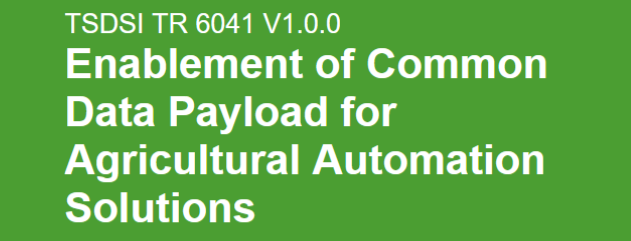The standards cover requirements, architecture, application programming interface (API) specifications, security solutions and mapping to common industry protocols such as CoAP, MQTT and HTTP. The updated specifications, released just one year after initial publication, have incorporated improvements based on early implementation experience and feedback from oneM2M’s first Interop event held last year.
By building upon well-proven protocols that allow applications across industry segments to communicate with each other, the updated standard enables service providers to combine different IoT devices, technologies and applications, a critical feature in their efforts to provide services across a range of industries. Release 1 has already been used in service provider deployments in South Korea, Asia and Europe for smart city and transport system deployments.
“oneM2M enables interoperability across IoT applications regardless of the underlying technology used,” said Dr. Omar Elloumi of Nokia, oneM2M Technical Plenary Chair. “This reduces the complexity for the application developer and lowers CAPEX and OPEX for service providers; most importantly, the updated standard presents the industry with the first scalable and future-proof platform upon which it can invest and develop IoT applications, without fear of vendor lock-in or needing to commit to one connectivity technology.”
The oneM2M global alliance is now working on the second release of its specifications, which it expects to complete by mid-2016. The updated standard will include enhanced security, features for home domain and industrial domain deployment, semantic interoperability, and interworking with popular IoT device ecosystems such as AllSeen Alliance, OCF and OMA LightWeightM2M. These features will present the unique value proposition that application developers have been looking for – one common core interworking platform technology for the Internet of Things.
“Tenders are now explicitly requiring that oneM2M be incorporated in deployments; the first release and the impending Release 2 will respond to a critical need as service providers and application developers tackle connectivity demand across industries and across platforms,” added Dr. Elloumi.
More than 200 member companies from across the world contributed to the development of oneM2M Release 1 through the eight leading ICT standards development organizations and six industry consortia that form oneM2M. The standards are all publicly available at oneM2M’s website: www.onem2m.org/technical/published-specifications/release-1.
For any organizations wishing to test implementations of the Release 1 standards, oneM2M will hold its second interoperability event – oneM2M Interop 2 – in Seongnam, South Korea, from Tuesday, May 10 to Friday, May 13. Participants need to register by Monday, April 18.
About oneM2M
oneM2M is the global standards initiative that covers requirements, architecture, API specifications, security solutions and interoperability for Machine-to-Machine and IoT technologies. oneM2M was formed in 2012 and consists of eight of the world's preeminent standards development organizations: ARIB (Japan), ATIS (North America), CCSA (China), ETSI (Europe), TIA (North America), TSDSI (India), TTA (Korea), and TTC (Japan), together with six industry fora or consortia (Broadband Forum, Continua Alliance, GlobalPlatform, HGI, Next Generation M2M Consortium, OMA) and over 200 member organizations. oneM2M specifications provide a framework to support applications and services such as the smart grid, connected car, home automation, public safety, and health. oneM2M actively encourages industry associations and forums with specific application requirements to participate in oneM2M, in order to ensure that the solutions developed support their specific needs. For more information, including how to join and participate in oneM2M, see: www.onem2m.org.
PR Contact
Michelle Mahoney
This email address is being protected from spambots. You need JavaScript enabled to view it.
+44 (0) 1636 812 152



